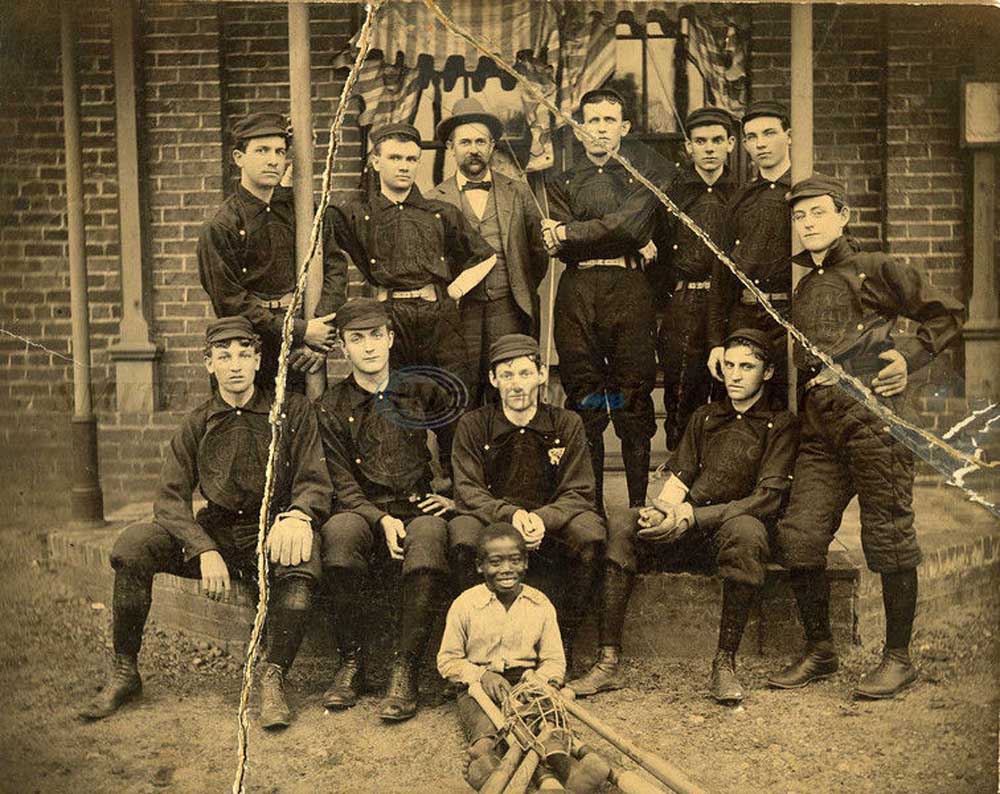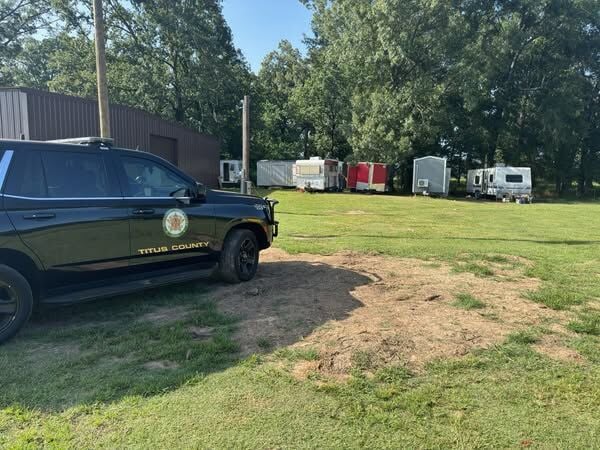Baseball in East Texas dates back to Civil War
Published 11:02 pm Sunday, November 2, 2014

- Courtesy SMITH COUNTY HISTORICAL SOCIETY BASEBALL IN EAST TEXAS dates back as far as the Civil War, although the organized, professional game did not take off here until the 20th Century. J. C. Clay, A. R. Wood, J. W. Hogan (manager), John Ardis, Walter Wood, Will Harris, Chesley Wiggins, Dan Cavanaugh, George Conaway, Gaylord Warner and Langston Adams were members of Cotton Belt Route baseball club.
Before the Boston Americans and the Pittsburgh Pirates played the first World Series in 1903, baseball games were being played in East Texas.
Baseball in East Texas dates back as far as the Civil War, although the organized, professional game did not take off here until the 20th Century, according to an article by Patrick Whitham in the Chronicles of Smith County, Texas, published by the Smith County Historical Society.
Regional museum curator Danny Sessums, who designed and is implementing a new exhibit at the Smith County Historical Society Museum and Archives, said one of the big ideas of the Progressive Era was the notion that people should get out and exercise more, since they had more leisure time. And he said the way to do that was through activities such as baseball.
“Camp Ford, the Confederate training and prisoner of war installation located just outside of Tyler, hosted ball games between Union prisoners (toward) the end of the (Civil) War,” according to Whitham’s article.
“After the turn of the century, several semi-pro and amateur teams played throughout the area, most notably the teams sponsored by the Cotton Belt Railroad. These clubs did not participate in organized leagues, however; they simply played any and all challengers. But the seeds of professional baseball were nonetheless planted in the years after the Civil War, and these sprouted into official minor league competition in 1912.”
That year, the Tyler Elbertas were part of the Class D South Central League and played at Maxwell Park off West Erwin Street, according to Whitham’s article. But the team did not last.
Then in 1915, the Austin club of the Class D Middle Texas League relocated here and played games at the East Texas Fairgrounds, according to the article.
“This team fared no better than its 1912 counterpart at attracting fans, and the franchise died ignominiously without finishing the season,” the article reads. “It was not until after World War I that Tyler again tried its hand at professional baseball.”
Another attempt occurred in 1924, when “local businessmen sought to heighten local prestige by joining the year-old, eight-team East Texas League,” according to the article.
“Their entry into this Class D circuit signaled the beginning of a 30-year association with organized baseball. The business leaders immediately hired veteran minor leaguer Frank Kitchens as the field manager, and he began the task of organizing a roster for the inaugural season. Construction of a new ballpark ensued, and Tyler and the East Texas League were in business,” Whitham’s article reads.
According to the article, there were successful years, with the Tyler Trojans claiming the East Texas League pennant in their first season. The Trojans, which played downtown, continued to be a winning team in seasons that followed, the article reads, and “were as successful with the fans as they were on the field.”
“The good times ran out, however, as the decade came to a close; 1929 was a bad year for both business and minor league baseball,” according to Whitham’s article. “The Depression hit the Lone Star League just 20 days into the season when the Texarkana franchise folded due to poor attendance and dwindling finances. After beginning the season with only four teams, the loop could not survive with three, and it promptly collapsed. Professional baseball would not successfully return for another three years. (But) the minor leagues adjusted to the Depression and survived.”
Baseball went on hiatus following the 1940 season, but the game returned to East Texas in 1946, according to the article.
According to the article, Tyler’s last season in professional baseball during that era occurred in the 1950s.
Paul T. Royal, the Cotton Belt Rail Historical Society, Tyler Tap Chapter, said railroads and different types of industries had ball teams that played each other.
“These were all employees of the railroad and they get together and put together a team and would be in leagues just like bowling leagues,” he said
Emma Lou Prater, who is retired from Tyler Junior College, recalled that her husband played softball for Cotton Belt Railroad and Queen Street Baptist Church in the 1950s. He also played semi-pro baseball for the Edom Redbirds.
Mary Prater Jones, a former railroad employee, said players used the Cotton Belt emblem on the back of their uniforms, and games took place at Fun Forest Park.
Emma Lou Prater said it was fun to go to the games and watch people play.
“It was very rewarding in the fact that your family could go. It was clean; it was nice; it was fun. We had a lot of good friends. We just enjoyed it as a family,” she said.






